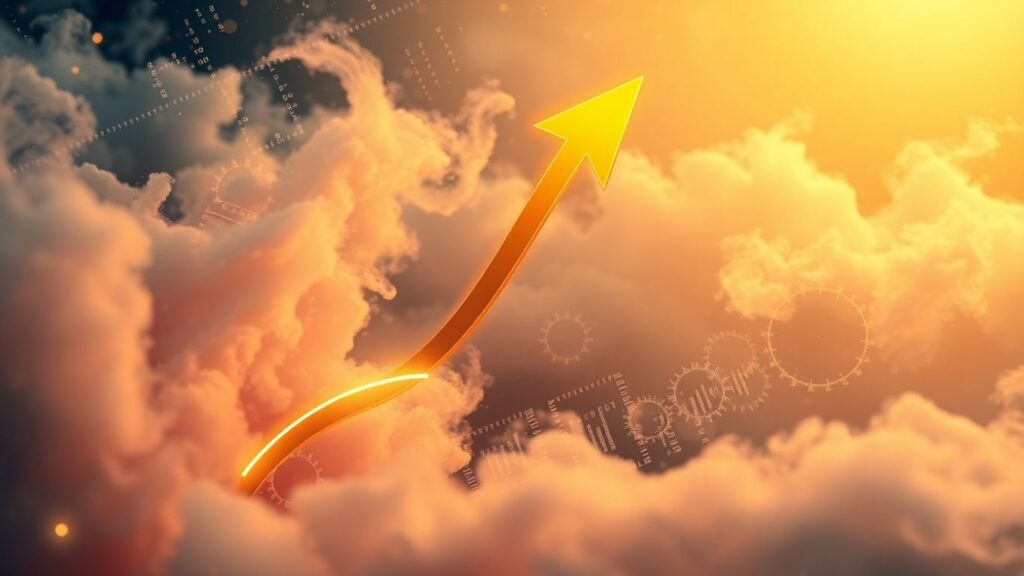Record Credit Card Defaults Signal Economic Strain Ahead

Credit card defaults in the United States have surged to unprecedented levels, with recent reports indicating that defaults reached a staggering $46 billion in the first nine months of 2024. This alarming trend is attributed to ongoing economic pressures, including high inflation and rising living costs, which have left many consumers struggling to meet their financial obligations.
Key Takeaways
- Credit card defaults have hit a 14-year high, with $46 billion in write-offs reported.
- Economic factors such as inflation and stagnant wages are contributing to increased financial strain on households.
- Experts warn that the trend may continue into 2025, potentially leading to more defaults and financial hardship for consumers.
The Rise Of Credit Card Defaults
The latest data from BankRegData, as reported by the Financial Times, reveals that credit card defaults have reached their highest level since the 2008 recession. The increase in defaults is a clear indicator of the financial struggles many Americans are facing as they grapple with rising costs of living and stagnant wages.
In the third quarter of 2024, total credit card balances climbed to $1.17 trillion, marking a $24 billion increase from the previous quarter. This surge in debt is coupled with a significant rise in the rejection rates for credit card applications, which reached 22.2% in October 2024, according to the Federal Reserve Bank of New York.
Economic Factors At Play
Several economic factors are contributing to the rise in credit card defaults:
- High Inflation: Although inflation has cooled somewhat, it remains above the Federal Reserve’s target of 2%. The U.S. Bureau of Labor Statistics reported that the average household spent $77,280 on necessary expenses in 2023, a 5.9% increase from the previous year.
- Stagnant Wages: The median household income stands at $60,580, leaving many families struggling to keep up with rising costs.
- Increased Debt Reliance: As financial pressures mount, more consumers are turning to credit cards to cover everyday expenses, leading to higher debt levels and, ultimately, defaults.
Implications For Consumers
The implications of rising credit card defaults are significant for consumers. With many households already stretched thin, the potential for increased defaults could lead to tighter credit conditions and higher interest rates. This could create a vicious cycle, where consumers are unable to pay off their debts, leading to further financial strain.
How To Protect Yourself
In light of these challenges, consumers are encouraged to take proactive steps to manage their finances:
- Review Your Budget: Analyze your spending habits and identify areas where you can cut back.
- Pay More Than The Minimum: Paying more than the minimum balance on credit cards can help reduce overall interest costs.
- Consider Debt Consolidation: This can lower monthly payments by combining multiple debts into a single loan with a lower interest rate.
- Explore Balance Transfers: Transferring balances to a card with a lower APR can provide temporary relief, but be mindful of any associated fees.
- Increase Your Income: Look for opportunities to boost your income, whether through a side job or negotiating a raise at work.
As the economic landscape continues to evolve, staying informed and proactive about personal finances will be crucial for navigating the challenges ahead.
Sources
- Americans are defaulting on their credit cards at record levels, says new report | Moneywise, Moneywise.
- Here’s what you need to know about credit card defaults | Business | djournal.com, Northeast Mississippi Daily Journal.








Responses